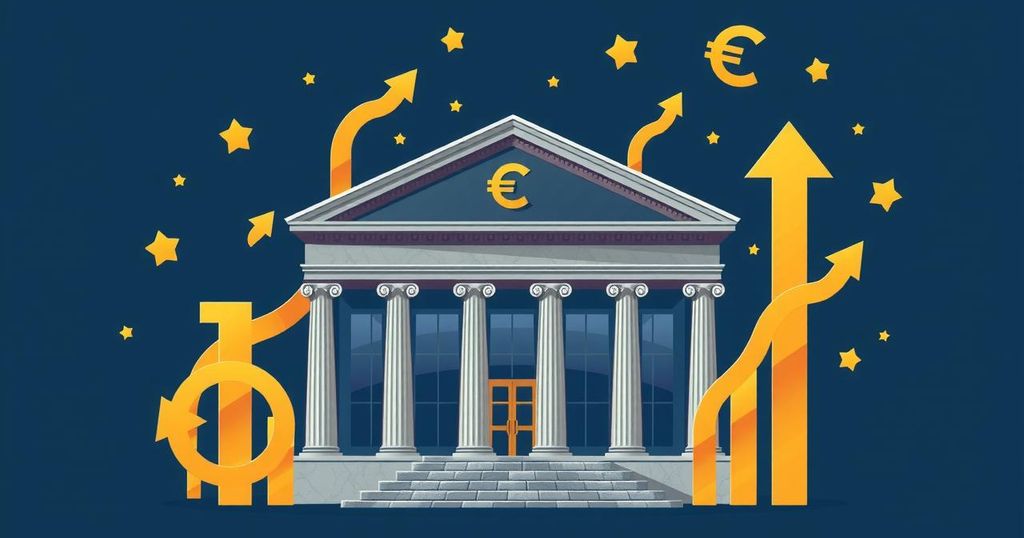The National Bank of Kazakhstan raised its key interest rate to 16.5% to address rising inflation, which hit 9.4% in February. The decision aims to prevent an inflationary spiral amid increased consumer lending and fiscal stimulus. Future inflation forecasts have been adjusted, with expectations to moderate by 2027. The next rate decision will be made on April 11, 2025.
On March 7, the National Bank of Kazakhstan increased its key interest rate to 16.5 percent amidst rising inflation concerns. This decision, made by the Monetary Policy Committee, comes with a fluctuation corridor of +/- 1 percentage point. The bank cited high inflation rates and the need to mitigate the risk of an inflationary spiral as the primary motivators for this strategic adjustment.
Inflation metrics are reflecting significant increases, with annual inflation surging to 9.4 percent in February. Contributing factors include pronounced growth in service prices and substantial monthly inflation rates that exceed historical averages. The core inflation rate stood at 14.2 percent while seasonally adjusted inflation reached 16.9 percent, primarily driven by strong internal demand influenced by fiscal stimulus and rising consumer lending, which increased by 33.5 percent year-on-year at the end of 2024.
The bank anticipates that Brent crude oil prices will stabilize at an average of $70 per barrel through the end of the forecast period, as projected based on current price trends and a predicted market oversupply. As a result, inflation expectations for the next few years have been adjusted, indicating projected rates of 10-12 percent for 2025 and 9-11 percent for 2026. By the year’s end in 2027, inflation may decline to between 5.5 and 7.5 percent due to restrictive monetary actions and decreased fiscal stimulus from planned tax reforms.
The National Bank has scheduled the next review of the interest rate on April 11, 2025, to reassess the economic landscape.
In summary, the National Bank of Kazakhstan has proactively raised its key interest rate to combat rising inflation and manage economic growth. With inflation currently at 9.4 percent, ongoing fiscal stimulus, and increased consumer lending, the decision reflects a determined approach to curtail inflation risks. Future projections suggest inflation may stabilize, highlighting the importance of monitoring upcoming monetary policy meetings for further developments.
Original Source: en.trend.az






